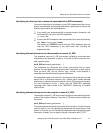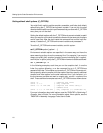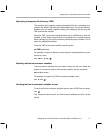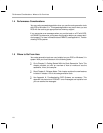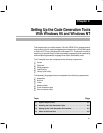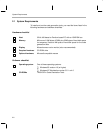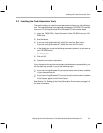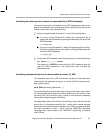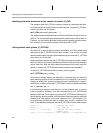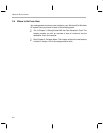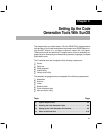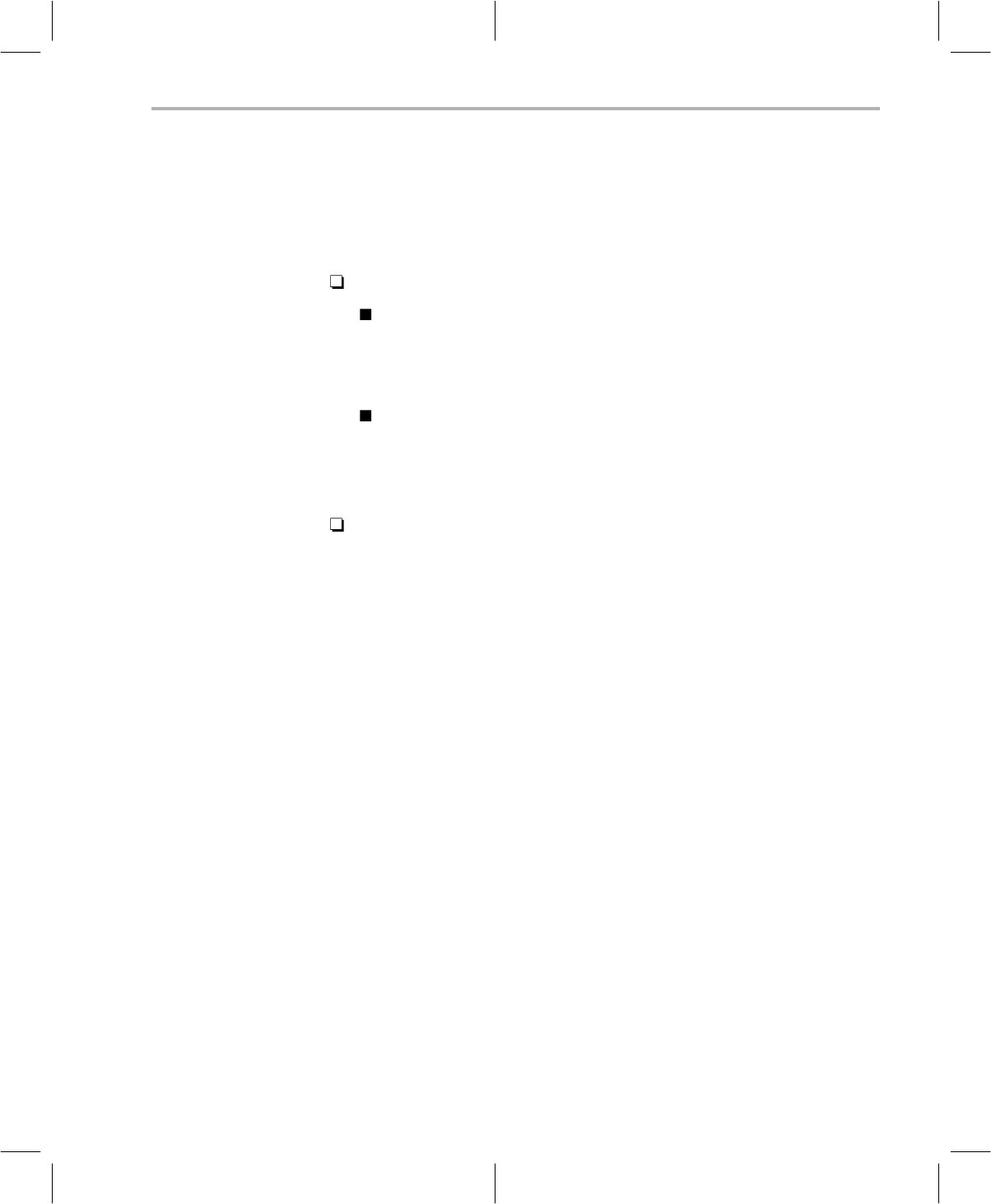
Setting Up the Code Generation Environment
2-5
Setting Up the Code Generation Tools With Windows 95 and Windows NT
Identifying the directory that contains the executable files (PATH statement)
You must include the
tool_dir
directory in your PATH statement so that you can
specify the assembler and compiler tools without specifying the name of the
directory that contains the executable files.
You can change the path information in one of the following ways:
If you are running Windows 95, modify your autoexec.bat file to
change the path information by adding the following to the end of the
PATH statement:
;c:\
tool_dir
If you are running Windows NT, modify the System applet of the Con-
trol Panel to change the path information by adding the following to the
end of the PATH statement:
;c:\
tool_dir
If you set the PATH statement from the command line, enter the following:
set PATH=c:\
tool_dir
;%PATH%
The addition of ;%PATH% ensures that this PATH statement does not
undo the PATH statements in any other batch files (including the
autoexec.bat file).
Identifying alternate directories for the assembler to search (A_DIR)
The assembler uses the A_DIR environment variable to name alternative
directories for the assembler to search. To set the A_DIR environment vari-
able, use this syntax:
set A_DIR=
pathname
1
[;
pathname
2
. . .]
The
pathnames
are directories that contain copy/include files or macro librar-
ies. You can separate the pathnames with a semicolon or with a blank. Once
you set A_DIR, you can use the .copy, .include, or .mlib directive in assembly
source without specifying path information.
If the assembler does not find the file in the directory that contains the current
source file or in directories named by the –i option (which names alternate
directories), it searches the paths named by the A_DIR environment variable.
For more information on the –i option, see the
TMS470R1x Assembly
Language Tools User’s Guide
or the
TMS470R1x Optimizing C Compiler
User’s Guide
.



